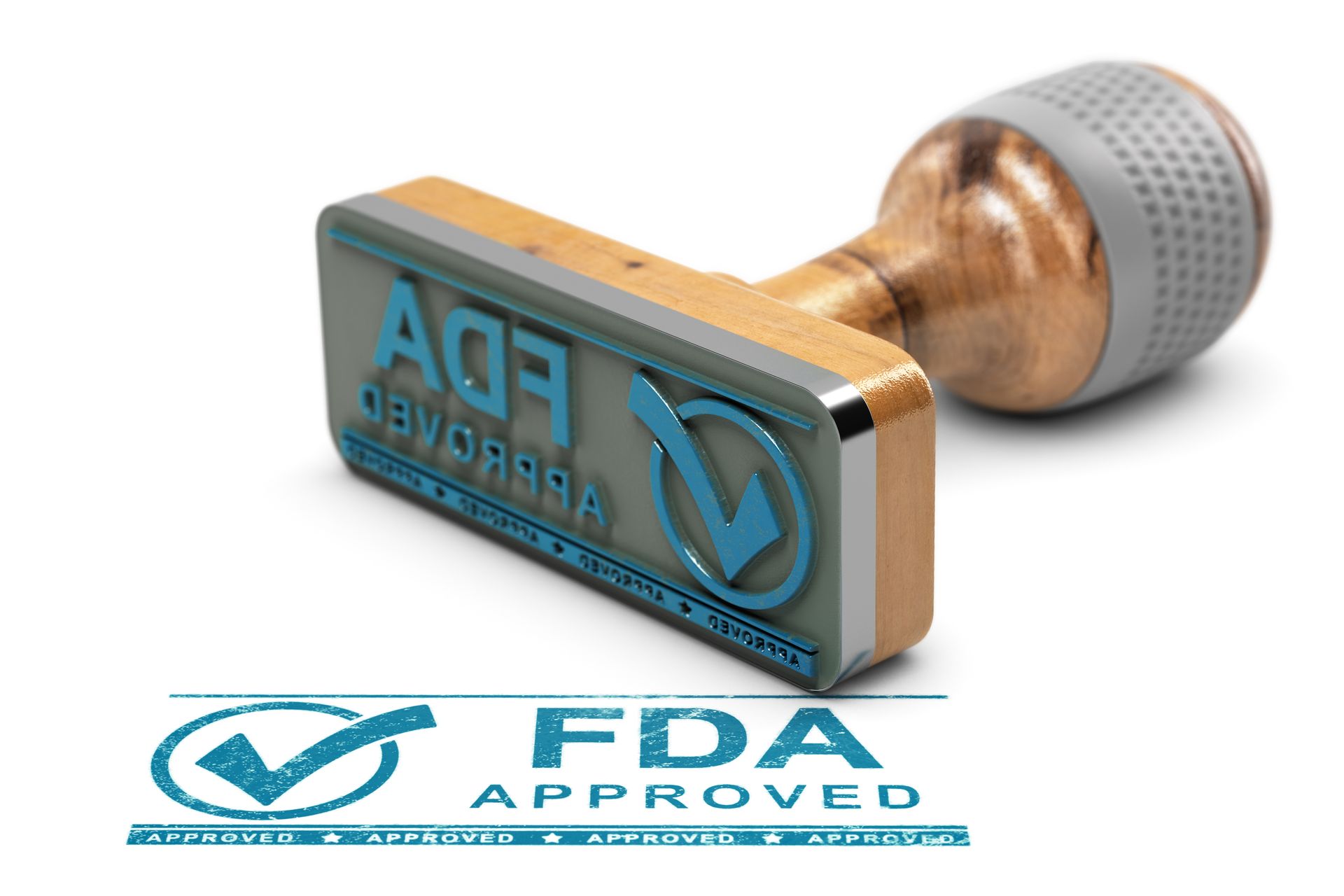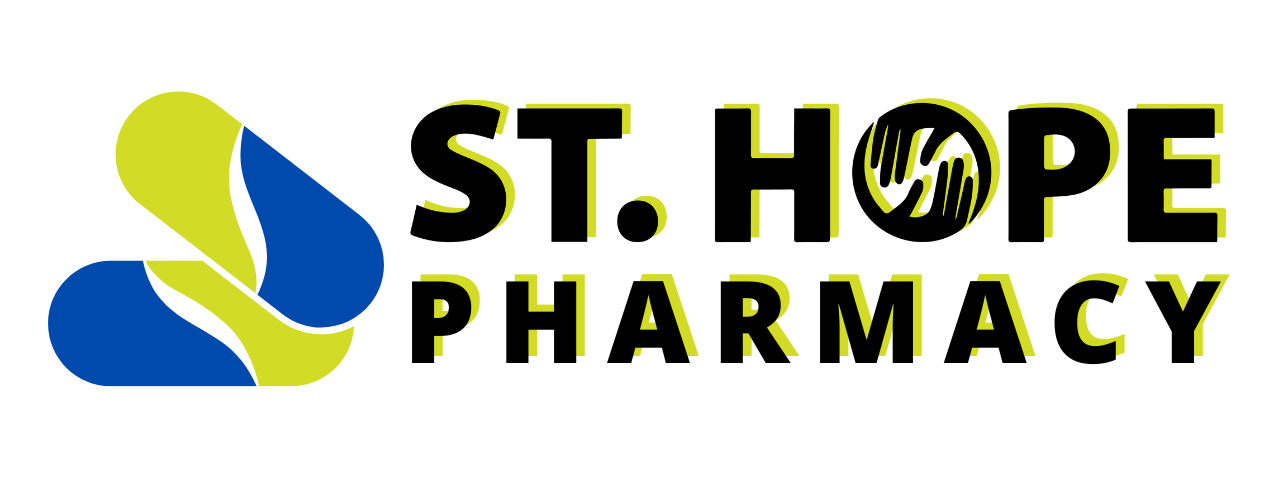Factors that Determine Drug Pricing After FDA Approval

Brand vs. Generic Drugs
There can be a significant pricing difference between brand-name and generic drugs. Generic drugs are copies of brand-name drugs that are usually much cheaper, sometimes as much as 85 percent less. They undergo the same rigid FDA regulations and testing as their official counterpart, so patients don’t have to worry about quality, safety or reduced effectiveness. They are required to contain the same active ingredients, dosage form and strength as the brand-name drug they copy. Generic drugs must also prove they are bioequivalent, or that there’s no difference in rate or extent of absorption compared to the name-brand drug.
Generic drugs can only be made once a brand-name drug’s patent has expired. Patents give drug manufacturers exclusivity on their drugs. Without competition, they can theoretically set their prices as high as they want.
Patent exclusivity is intended to incentivize innovation in drugs and encourage U.S. pharmaceutical companies to take risks attempting to develop cures and treatments patients need. Although their research might not lead to a successful drug, the potential upside offered by the patent exclusivity period makes it a risk worth pursuing. This incentive works, as the United States alone accounts for more than 40 percent of the world’s new drug creation.
There is plenty of criticism directed at U.S. pharmaceutical policy. Exclusivity periods allow companies to control pricing that may make drugs unaffordable to patients. This system also doesn’t take into account the societal value of having affordable drugs that provide accessible treatments for unmet medical needs, especially for uninsured or underinsured patients who can’t afford high-cost brand-name drugs.
There are also manipulative methods some companies may use to extend the exclusivity period or artificially delay the entry of generic drugs. “Pay-for-delay” deals, where a pharmaceutical company pays a generic drug manufacturer to delay the introduction of a generic alternative, are often challenged under antitrust laws but are sometimes still successful.
An argument can also be made that the U.S. innovation and patent exclusivity works too well. The U.S. accounts for between 64 and 78 percent of worldwide pharmaceutical profits, with Americans subsidizing drug innovations that benefit patients worldwide. While a philanthropic case can be made that people living in wealthier countries can afford to shoulder more of the burden for pharmaceutical development, people in the U.S. are far from uniformly wealthy. Many patients, including those at St. Hope Healthcare, struggle to afford life-saving name-brand drugs.
Increased Use
Another price driver is the increased use of certain medications. When a drug becomes widely prescribed, its manufacturer may raise the price to capitalize on the high demand. For example, with life-saving medications or drugs that treat rare conditions, the demand can be inelastic, meaning patients need the drug regardless of the cost. Medications that treat chronic conditions are also susceptible to this, as their long-term usage ensures a reliably steady market for pharmaceutical companies to use.
Insurance
Insurance companies significantly impact drug pricing. Insurance companies will negotiate with drug manufacturers to set drug prices at a level that their policies will cover. While this can help lower costs for insured patients, it can also lead to higher prices for uninsured patients, as manufacturers try to offset the discounts given to insurers.
Direct-to-Consumer Advertising
Direct-to-consumer advertising can drive up medication prices. Manufacturers spend billions on ads each year in the U.S. The cost of producing these marketing campaigns in order to increase awareness and demand does influence individual drug costs.
Is There Anything Being Done to Lower Drug Prices?
While the FDA assiduously controls and monitors the safety and efficacy of drugs, they have no legal authority over pricing. Pricing decisions are left to the manufacturers.
That said, there are some government measures being implemented to address this. Medicare Part D offers various plans that allow beneficiaries to compare options and find more affordable drug coverage. There are also other legislative initiatives, like increasing the availability of generic drugs and implementing price transparency laws, intended to help lower the cost of medications.
How You Can Minimize Spending on Your Prescription
Ask for Generic Alternatives: Generic drugs offer the same therapeutic benefits as their branded counterparts but at a fraction of the cost, making them a more affordable option for many patients.
Compare Prices: Different pharmacies may offer the same medication at varying prices, or they may offer discount programs that can significantly reduce drug costs. At St. Hope Healthcare, we provide patients with drug cost assistance programs to make affording the medicine you need easier.
Consult with Your Doctor: If you have concerns about affording medications, talk to your doctor. Our doctors understand patients' concerns and will work with you to find a more affordable medication or treatment solution.
Work With Pharmacists Who Will Help You Find the Best Financing Solution for Your Prescription Needs
At St. Hope Pharmacy, we’re here to support you. Whether you’re a St. Hope patient or not, our team provides comprehensive pharmaceutical services, including online prescription refill requests, one-on-one pharmacist consultations and home deliveries, to help you adhere to your treatment with minimal stress.
Contact one of our full-service pharmacies in Bellaire, Conroe, Houston, Sugar Land and Dickinson today to learn more and transfer your prescription.


